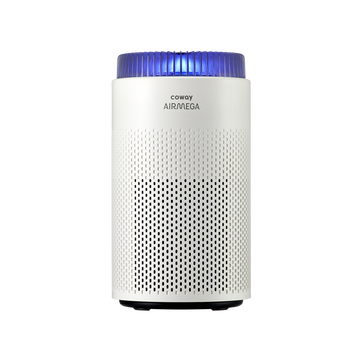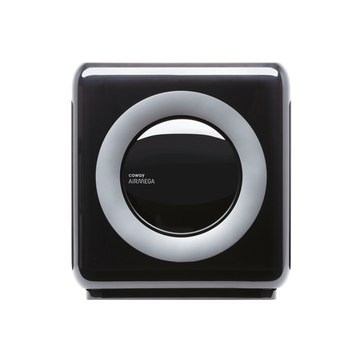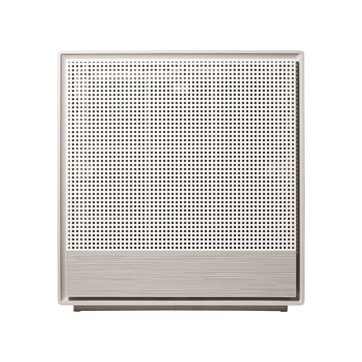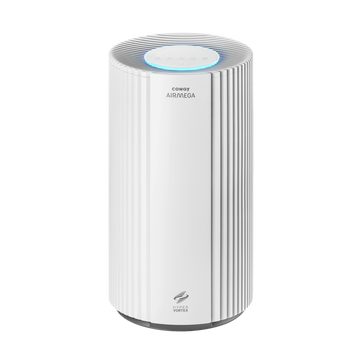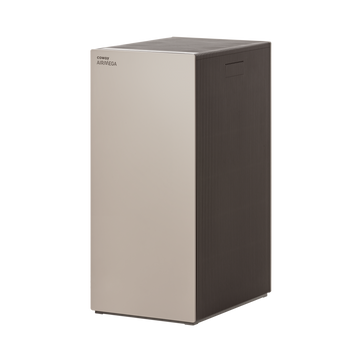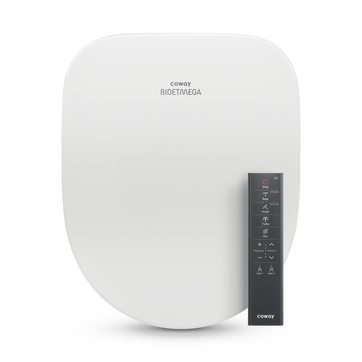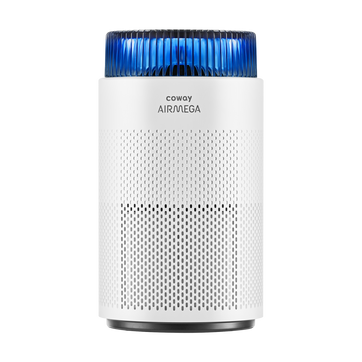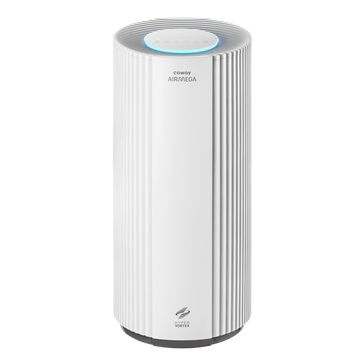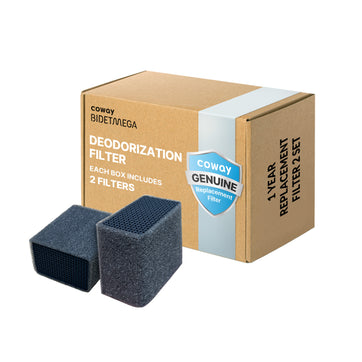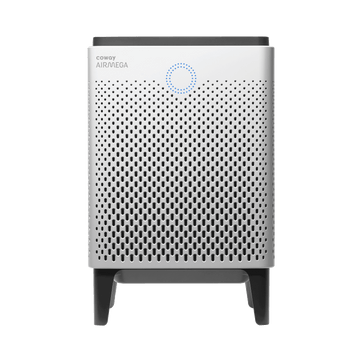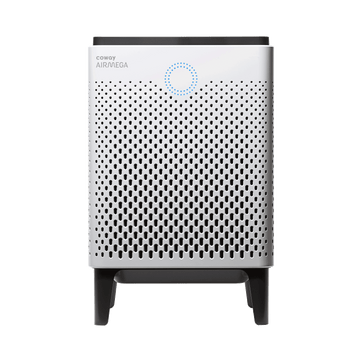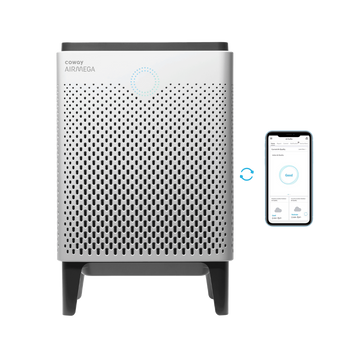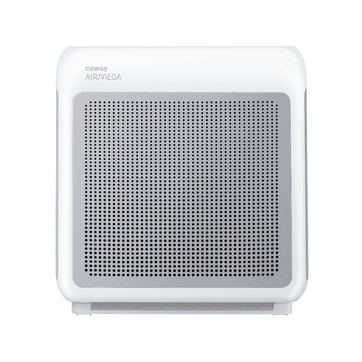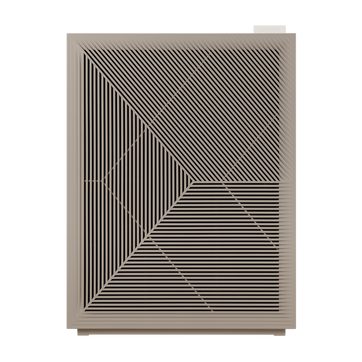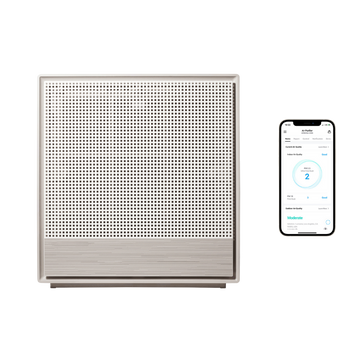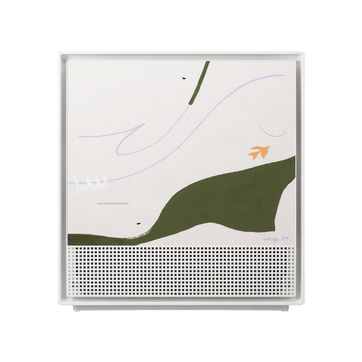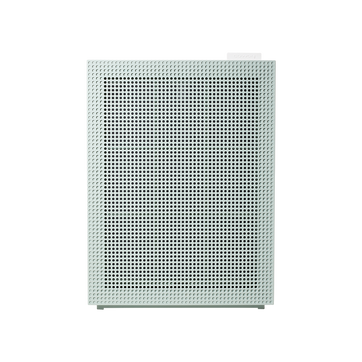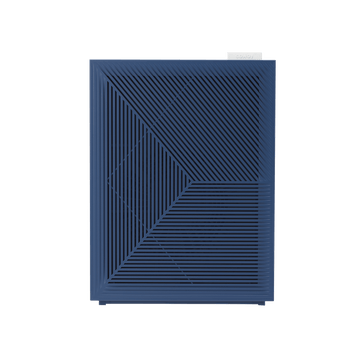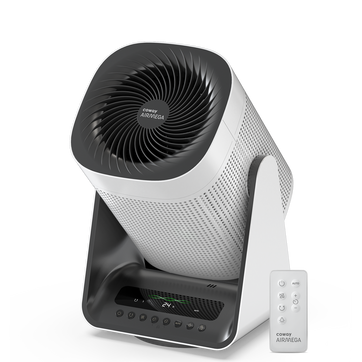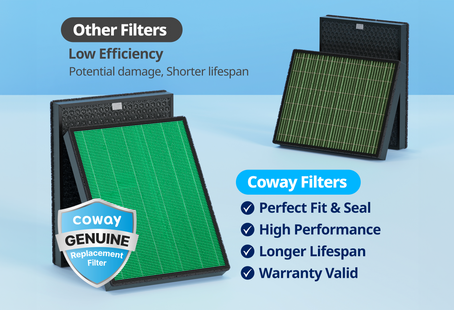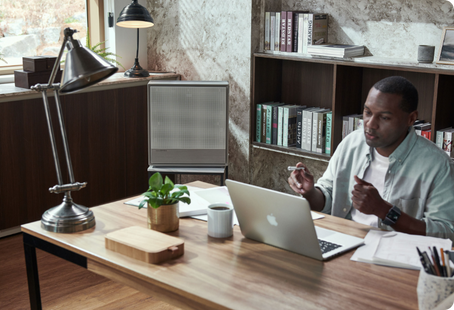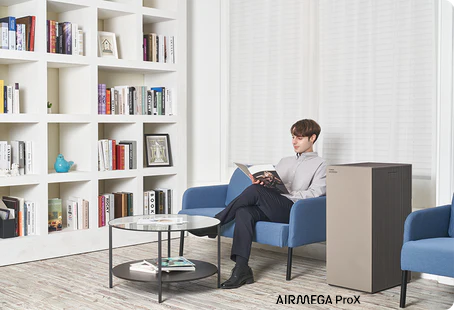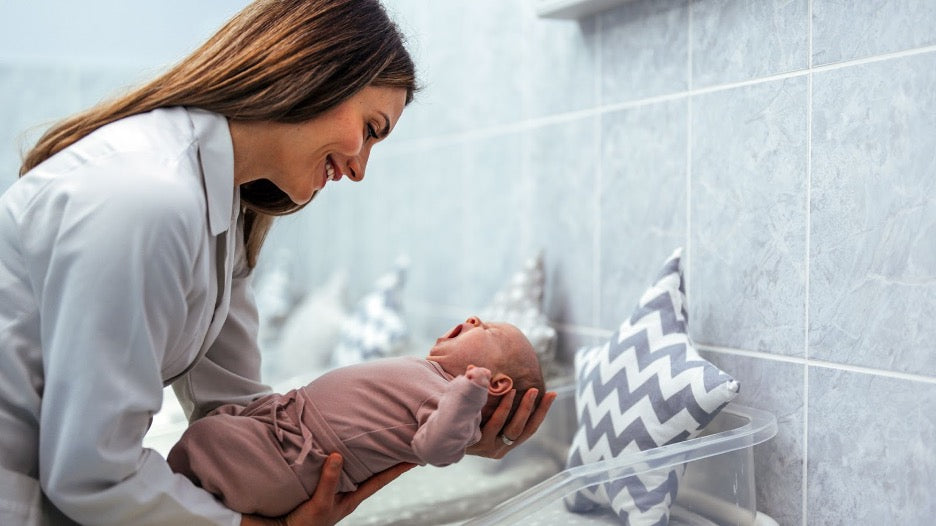
Newborn Breathing: The Vital Role of Air Purifiers in Neonatal Care
As we celebrate National Nurses Week, a time to honor the tireless efforts and dedication of nurses worldwide, it is essential to recognize the vital role they play in ensuring the well-being of our most vulnerable patients – newborns. Among the many challenges faced in neonatal care, protecting the delicate respiratory systems of these tiny beings from airborne pollutants, allergens, and pathogens is of utmost importance.
The Intricacies of Newborn Breathing
Newborns, with their developing lungs and immature immune systems, are particularly susceptible to the adverse effects of poor air quality. Their respiratory systems are incredibly delicate, and exposure to airborne contaminants can lead to a range of health issues, including respiratory infections, asthma, and even lifelong lung complications.
In hospital nurseries and neonatal intensive care units (NICUs), where premature and critically ill infants receive specialized care, maintaining optimal air quality is crucial. Even seemingly innocuous particles, such as dust or lint, can pose a significant risk to these vulnerable patients.

The Role of Neonatal Nurses
Neonatal nurses play a pivotal role in safeguarding the well-being of newborns, ensuring they receive the highest quality care in a safe and nurturing environment. These dedicated professionals are acutely aware of the challenges posed by airborne pollutants and take meticulous measures to minimize exposure.
From implementing strict hygiene protocols to monitoring air quality in nurseries and NICUs, neonatal nurses leave no stone unturned in their efforts to protect their tiny patients. However, despite their unwavering commitment, the threat of airborne contaminants remains ever-present, making advanced air purification solutions an invaluable ally.
Where Do Advanced Air Purifiers Come In?
Air purifiers have become an essential tool in neonatal care, providing an extra layer of protection against airborne pollutants and ensuring a clean, safe breathing environment for newborns. These advanced systems employ cutting-edge filtration technologies, such as High-Efficiency Particulate Air (HEPA) filters and activated carbon filters, to remove even the smallest particles and gaseous pollutants from the air.
At Coway, we understand the unique needs of newborns and have developed air purification systems specifically designed for nurseries and neonatal care settings. Our Airmega 100 has 810 square feet of coverage and a 3-stage filtration system that captures 99.999%1 of ultra-fine particles down to 0.01 microns (smaller than most viruses or bacteria).

Quiet Operation and Smart Monitoring
The Airmega 100 air purifiers are engineered with quiet operation in mind (and a night light!), ensuring a peaceful and undisturbed environment for newborns to rest and be safe. Furthermore, a real-time air quality indicator in the unique, translucent grill changes color to give updates on air quality (blue means everything’s good). With its Smart Mode feature, the Airmega also automatically adapts to its surroundings by adjusting airflow speed based on your indoor air quality. This means that the unit is energy efficient without compromising its effectiveness.
Join us in committing to support health, and our healthcare community, by ensuring that every newborn has the opportunity to thrive in a safe and healthy environment. Our air purifiers are designed to meet the highest standards of quality and performance, providing peace of mind to parents and healthcare professionals alike.
Sources:
National Library of Medicine - Common respiratory conditions of the newborn
Nursing Schools Near Me - The Role of Neonatal Nurses in Newborn Care
Building Services Engineering Research & Technology - What do we know about indoor air quality of nurseries? A review of the literature
Parents - The Best Air Purifiers for Babies, Tested in Our Labs and Nurseries
Disclaimers
1Coway air purifiers have been proven to trap dust, pollen, dander, viruses and bacteria in the air based on KCL (Korea Conformity Laboratories) testing.They have been tested in a 30㎥ size chamber according to the Korea Air Cleaning Association standard (SPS-KACA 002-132:2022 Modified) to measure the 0.01㎛ size of particle removal rate. It was tested on maximum airflow speed in normal room temperature and humidity conditions. The performance may vary in the actual living environment of customers.
→ Tested with Airmega Aim, 50, 100, 150, 160, Tower AP-1216L, Mighty AP-1512HH, MightyS AP-1512HHS, 200M, Icon, IconS, 230, 240, 250, 250 Art, 250S, 300, 300S, 350, 400, 400S, 450, ProX
299.97% of viruses, bacteria, fungi and pollen were verified to be removed from the air for Coway air purifiers which have Green True HEPA™ filter applied based on the Japan Food Research Laboratories(JFRL) testing according to JEM 1467 standard.
→ Tested with Coway Airmega Mighty AP-1512HH, MightyS AP-1512HHS, 250, 250 Art, 250S, 300, 300S, 400, 400S
→ All tested by JFRL and received above result within below time.
4The concentration of ammonia, acetaldehyde and acetic acid were proven to be removed within 30 minutes by FCG Research Institute, Inc. Human Life Science Lab. It is not a demonstration result in the actual use space. Not all odors and gases may be supported. → Tested with Coway Airmega 150, 160, Mighty AP-1512HH, MightyS AP-1512HHS, 400, 400S
5The coverage area of the air purifier is based on an area where the air cleaner can make two air changes per hour (ACPH). An air change per hour translates to how many times an air purifier can clean an area, assuming the height of a ceiling to be 8 ft, in one hour. Therefore ** means two air changes per hour means that the cleaner can clean the area once every 30 minutes and * means air changes per hour means that the air purifier can clean the area once every 60 minutes.
10Terms and conditions apply. Discounts, including promotions, coupons, bundle discount and subscription discount, cannot be stacked on top of other coupons. During promotional periods, discount codes will not be able to be applied to orders. Promo codes may apply to products only—filters, accessories, and new products within 3 months of the release date are not included.
11Based on Coway R&D internal laboratory testing, activated carbon filtration was shown to remove up to 95% of ammonia odors within 40 minutes, and up to 99% of fecal odors within 20 minutes. Actual performance may vary depending on usage conditions.
